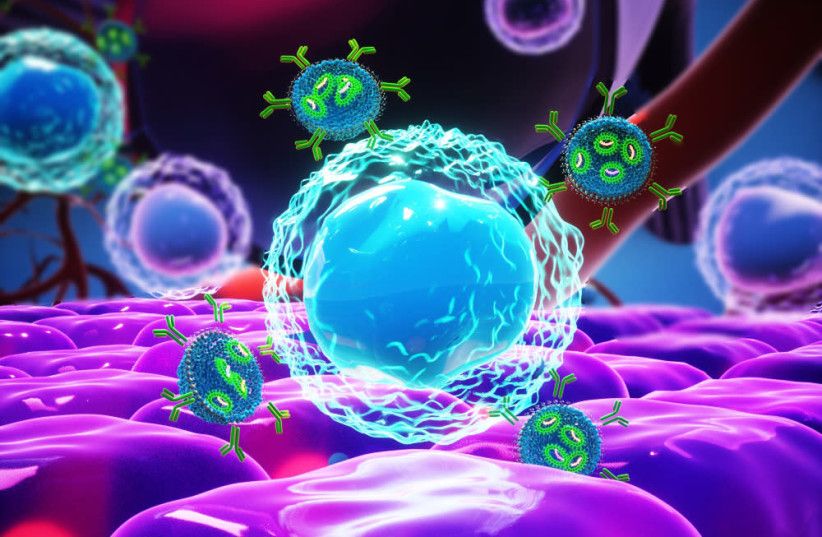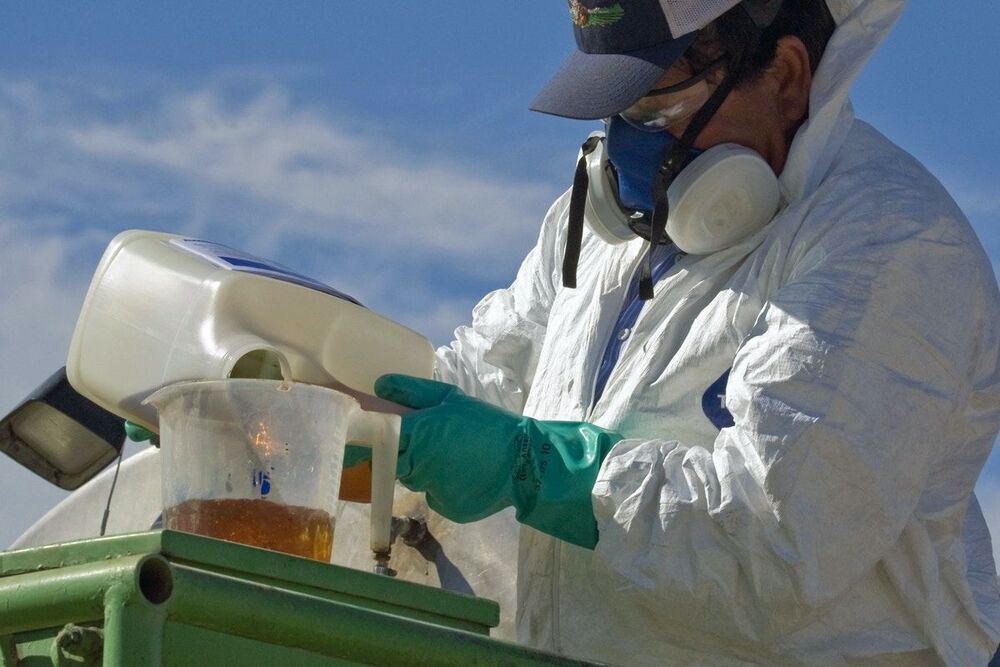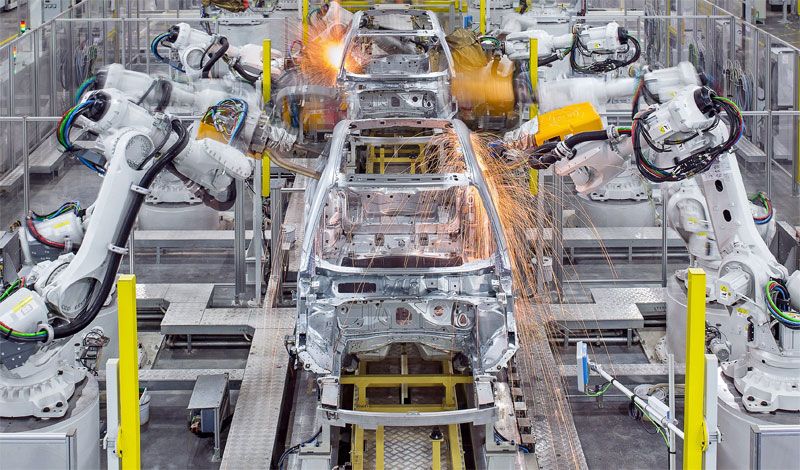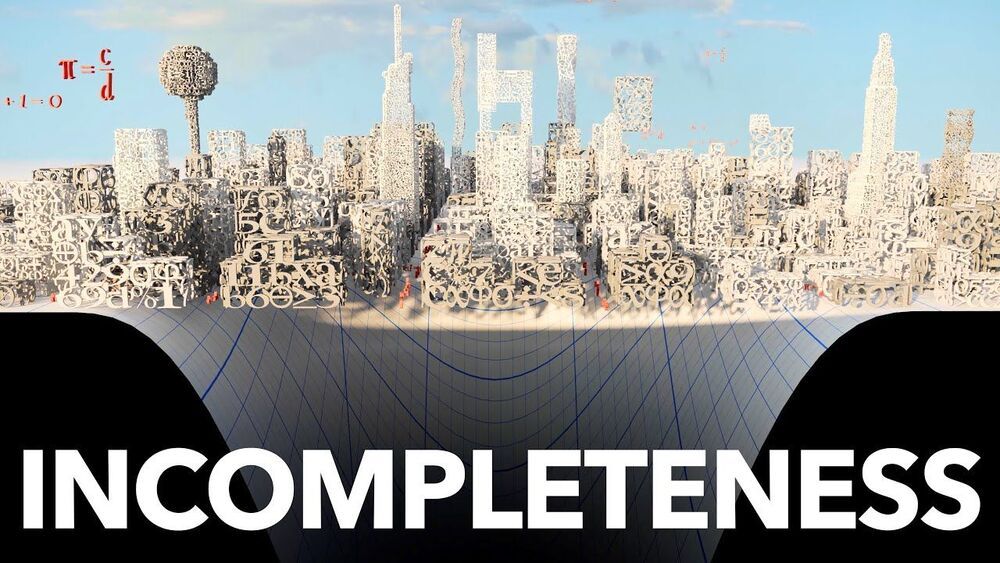Back in May, China became just the third nation to land on the surface of Mars as it touched down with its Tianwen-1 probe. Packed aboard was the country’s first interplanetary rover, named Zhurong, which can be seen and heard making its very movements on the Red Planet in newly released recordings.
China’s Tianwen-1 mission set off for Mars last July and came to land on a plain in the planet’s northern hemisphere called Utopia Planitia following a 10-month journey. The Zhurong rover remained aboard the lander module for around a week surveying its surroundings and checking its instruments, before rolling down to the dusty surface to begin its explorations.
Recordings gathered by the China National Space Administration and shared by state-funded broadcaster CCTV show the rover’s start to life on Mars in intriguing new light. The first includes the first audio collected by a Chinese Mars rover, with an onboard recording device capturing the sounds as its engine was started, of the Martian winds and of the machinations of the robot as it made its way down to the surface.









